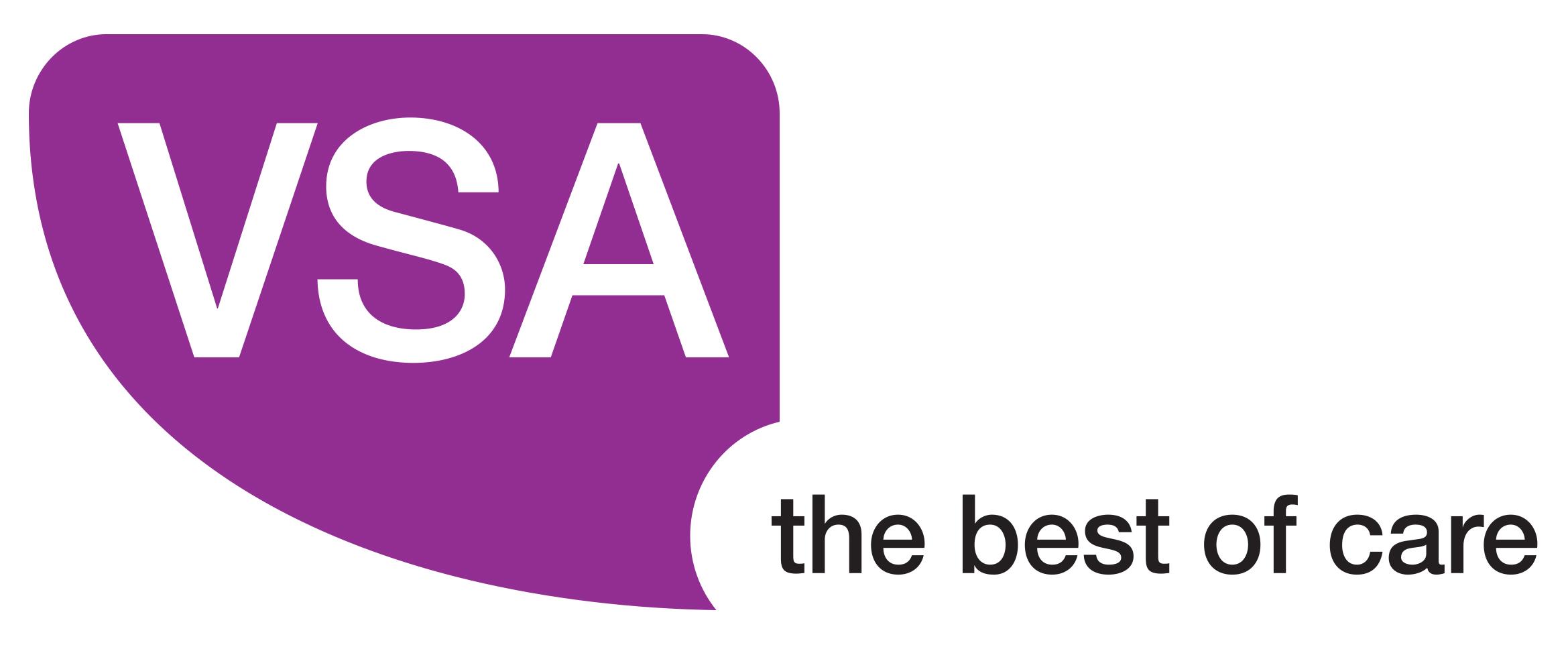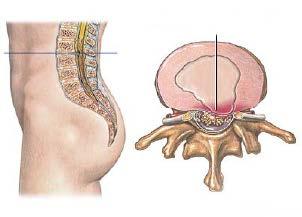

Looking After Your Back

LOOKING AFTER YOUR BACK
Around 80% of the UK population will suffer from back pain at some point in their lives.
Back pain can be short term - a pulled muscle or an ache from sleeping in an awkward position. Anyone who has suffered from long term back pain can tell you the debilitating nature of it - it can affect your physical and mental well-being and go on to have an impact on finances, relationships and enjoying day to day activities.
By following a few simple rules and becoming more aware of how simple tasks or activities can have a negative impact - we can all look after our backs.

Looking after your back
How the back works
As a first stage, it’s important to understand the anatomy of your back, which is made up of interlocking bones, joints, muscles, ligaments and tendons, supported by your spine.
The spine consists of 33 interlocking bones called - vertebra. Each of these has a disc in between known as an intervertebral disc. There are ligaments joining each vertebra to the next and a network of muscles and tendons supporting this structure.
There are four regions of the spine, the cervical, the thoracic, the lumbar and the pelvic. The areas most likely to become injured are the cervical- the neck area, and the lumbar - the lower back.
The sacrum and coccyx are given some protection by the pelvis although this is an area commonly injured by accident when people fall and land heavily on their bottom.
The Intervertebral disc is made up of a tough, fibrous outer ring which surrounds an inner, gel-like centre. The discs provide shock absorption for the spine, provide cushioning between each bony vertebrae they protect the nerves and help us with flexibility of movement.
7 Cervical Vertebrae
The Human Spine
12 Thoracic Vertebrae
5 Lumbar Vertebrae
What is a Slipped Disc?
The disc doesn’t actually ‘slip’ anywhere -a ‘slipped disc’ occurs when the outer circle of the disc breaks down allowing the soft, gel-like interior to swell and protrude out.
One of the most common reasons for this is breakdown is frequent bending at the waist. This pinches one side of the disc and will eventually lead to it rupturing. Aging can be a factor as well as, you get older, your spinal discs start to lose their water content, making them less flexible and more likely to rupture.

Looking after your back
How can we protect our back?
Back pain can be triggered by many things, including poor posture, accidental damage and lifting something the wrong way. Often it is not the weight of what we handle that causes an issue - it’s the way we lift it.
Look after your posture-
Everyone can look after their backs by sitting and standing tall. Try to avoid slouching or hunching over a computer or book. Relax your neck and keep your shoulders back, aim for a neutral spine position and try to avoid sitting in the same position for a long period of time.
At your desk –
Lifting things –
Standing / Walking –
Looking after your back
Stay active-
Exercise is vital to keeping our spines, and the rest of our bodies in tip top health. Inactivity will usually make things worse as it can lead to stiffness and a weakening of your bones and muscles, so it’s important to keep moving. Try to take a walk or do some gentle exercise every day is you can. Activities such as yoga can have a really positive impact on your back and posture as they help develop core strength and good balance and stability.
Manage your stress levels-
Stress can exacerbate back pain and make the back more vulnerable to injury. Taking steps to manage that stress will have a beneficial impact on your whole well-being and can help to avoid the tension in the muscles which support the spine. For more information on this see our Managing Stress Guide
Learn the right way to lift things-
Many of us suffer shoulder, back and neck pain because we carry heavy bags around with us so have a look and see if you can reduce that weight- don’t lift more than you can easily manage.
Avoid Twisting –
Move your feet rather than put additional strain on your back by twisting at the waist.
Looking after your back
How to lift without damaging your back
This is a tried and tested way of lifting- we know that because, when we are little, this is the way we lift. If you watch a toddler lifting a toy from the floor they use really good manual handing practice naturally. As we grow older we echo what we see those around us doing and we fall into the same bad back habits. This way of picking something up may seem a little strange at first- it might even feel a bit sore on your leg muscles but, with practice it will soon become second nature.
Before you start- think about how you are going to lift the object and where you are going before you start and work from your feet up.
Feet – Adopt a stable position by putting your feet shoulder width apart with one leg slightly forward to maintain balance.
Legs – Bend your knees and squat down without hunching over
Hands – Get a good hold- if you can, hug the load close to your body as this is the area where your core strength is.
Core – Start in a good posture. At the start of the lift, slight bending of the back, hips and knees is preferable to stooping or fully squatting
Shoulders – Keep your shoulders back and avoid shrugging
Head – Move smoothly and raise your head as you come into an upright position. Put the load down, then adjust by sliding it into place.
The correct way to lift a heavy item –
There is a difference between what people can lift and what they can safely lift. If in doubt, seek advice or get help.
Looking after your back
When should you seek professional help?
Whilst self-care is often recommended and helpful, there are certain situations when you should always seek medical support for your back or neck pain. These include when:
–You have had a fall or car or bike accident
–You have lifted something heavy or awkwardly and feel in pain
– The pain is travelling down one of both of your legs, or they feel numb or have pins and needles.
–You cannot control your bladder or bowels
–The pain keeps you awake at night
– The pain is accompanied by a fever, chills, sweats or other signs of infection
In addition, if your back pain is associated with a medical condition such as cancer, osteoporosis, ankylosing spondylitis, sciatica or a slipped disc, you should always see a doctor.
So, what about bed rest?
Contrary to popular belief, only in very rare instances should you rest the back to avoid aggravating the condition. You should not stay in bed or be inactive for long periods as this may delay your recovery. The important thing is to listen to your body and only rest when you’re tired or feeling fatigue or weakness.
Remember
If you think that your back pain is caused by lifting the person you care for you should contact your GP or the local authority. They should be able to tell you about training opportunities in how to lift and move more safely to reduce the risk of harming your back. A medical professional should come to assess what lifting and mobility aids could help. Many of these do not involve any adaptations being made to your house and they can be easily implemented.
For more information and tips on exercises for back pain, visit the NHS Choices website.
Some information in this article has been adapted from an article written by Norma Barry Acting CEO of BackCare www.backcare.org.uk

Other
https://carers.org/taking-care-of-yourself/reducing-stress
https://www.nhsinform.scot/healthy-living/mental-wellbeing/five-
https://llttf.com/
https://clearyourhead.scot/
